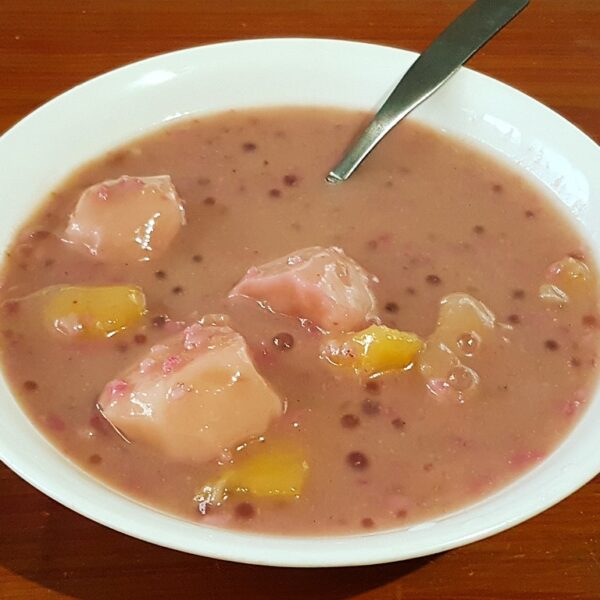Binignit! Delight your palette with this potent palate pleaser with a special place in Filipino culinary traditions. Discover why Binignit is such a popular dessert, especially during Holy Week or the Lenten season. Binignit is a cultural gem that will fascinate your senses, from its deep-rooted tradition to its seasonal symbolism and emotional meaning. Join us as we explore the flavors, history, and significance of this wonderful dessert that has captured many people’s hearts.
ABOUT BINIGNIT
Binignit is a classic Filipino dish that is popular during Holy Week or the Lenten season. It is a sweet, creamy, and hearty treat cooked with root crops, coconut milk, and additional ingredients. Binignit is well-known for its distinct and comforting flavors, as well as its rich cultural significance in Filipino culinary traditions.
WHY IS BINIGNIT SO POPULAR DURING LENTEN SEASON
Binignit is more than just a dessert; it also has cultural significance. It is frequently associated with Holy Week, which for many Filipinos is a time of reflection, penance, and preparation for Easter. Binignit has become a popular choice as a humble and healthful dessert that matches the fasting mood due to its basic yet fulfilling blend of root vegetables, coconut milk, and other ingredients.
Holy Week falls during the summer season in the Philippines, when key ingredients used in Binignit, such as sweet potatoes, bananas, and other tropical fruits, are at their freshest and most abundant. The use of seasonal ingredients gives Binignit a unique meaning throughout the Lenten season, representing the link between food, nature, and tradition.
Binignit also has emotional meaning for many Filipinos. It brings back memories of home, family reunions, and special moments during Holy Week. Its flavors smell and cultural importance makes it a well-loved delicacy in the hearts of many Filipinos.
INGREDIENTS OF BINIGNIT
- 1 cup glutinous rice balls (bilo-bilo)
- 1 cup sweet potatoes, peeled and diced
- 1 cup taro, peeled and diced
- 1 cup ripe bananas, sliced
- 1/2 cup jackfruit, thinly sliced
- 1/2 cup palm sugar (or brown sugar)
- 1 can (400ml) coconut milk
- 4 cups water
- Pinch of salt
HOW TO COOK BINIGNIT
- In a pot, bring 4 cups of water to a boil.
- Add the diced sweet potatoes and taro to the boiling water and let them cook until they are tender but not overly soft, about 5-7 minutes.
- Add the glutinous rice balls (bilo-bilo) to the pot and cook until they float to the surface, indicating that they are cooked, about 2-3 minutes.
- Add the sliced bananas, jackfruit, palm sugar (or brown sugar), and coconut milk to the pot. Stir gently to combine all the ingredients.
- Let the mixture simmer over low heat for another 10-15 minutes, stirring occasionally to prevent it from sticking to the bottom of the pot.
- Add a pinch of salt to taste.
- Remove from heat and let the Binignit cool slightly before serving.
- Serve warm and enjoy!
Note: You may adjust the sweetness of Binignit by adding more or less sugar to taste. Other tropical fruits, such as saba, langka, or ube, can be added for variation.
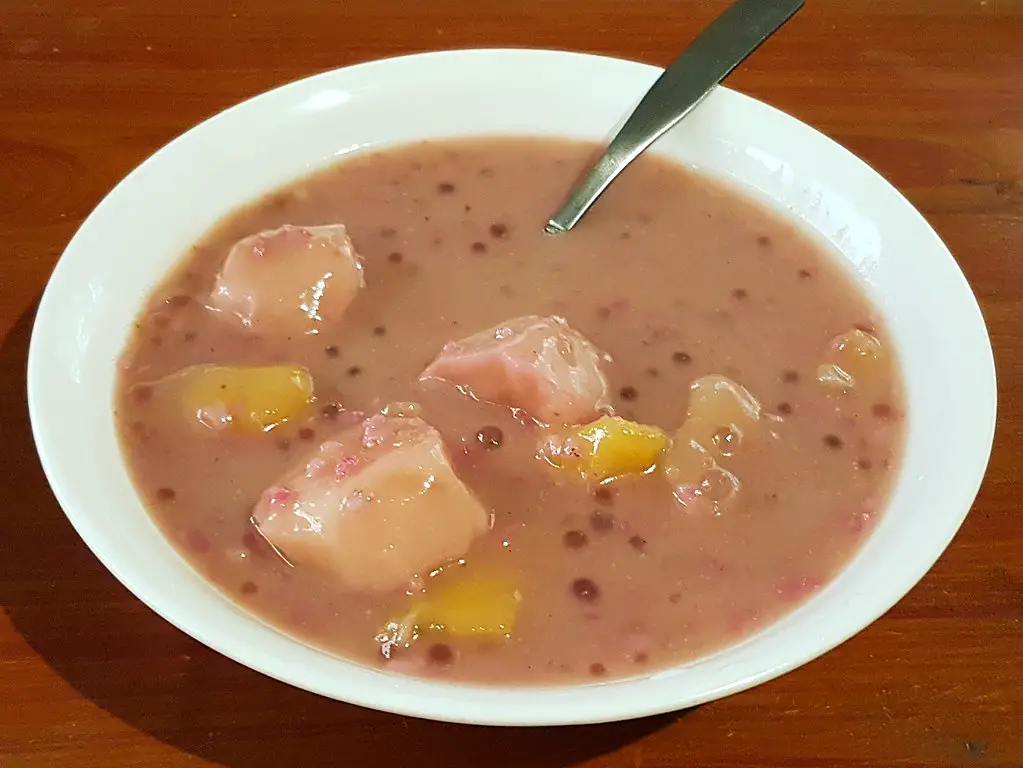
In conclusion, Binignit is a potent and mouthwatering delicacy that is strongly ingrained in Filipino culinary traditions and bears cultural importance, particularly during Holy Week or the Lenten season. Its distinct flavors, seasonal ingredients, and emotional connection make it a popular dessert. Binignit is a delight worth relishing whether you are a Filipino or merely a dessert aficionado because of its rich flavors and cultural importance.
RELATED POSTS
-
If you’re searching for a comforting dish that seamlessly combines tender chicken, earthy mushrooms, and a rich, creamy sauce, look no further. This creamy garlic mushroom chicken is a delightful choice for a family dinner or a special occasion. The best part? It’s simple enough to whip up on a weeknight yet impressive enough to
-

Introduction to Korean Garlic Cheese Bread Korean Garlic Cheese Bread, often referred to as “Korean cheese bread,” has gained substantial popularity in the Philippines, becoming a delightful treat cherished by many. Its origins trace back to South Korea, where it enjoyed a favorable reception as a street food item. The dish typically comprises a soft,
-

Pancit Bato Guisado is a delicious Filipino noodle dish that will satisfy your cravings for a quick and tasty meal. Originating from the town of Bato in Camarines Sur, this stir-fried noodle dish is a popular choice among Filipinos looking for a flavorful and easy-to-make dish. Made with Pancit Bato noodles, which are not as
-
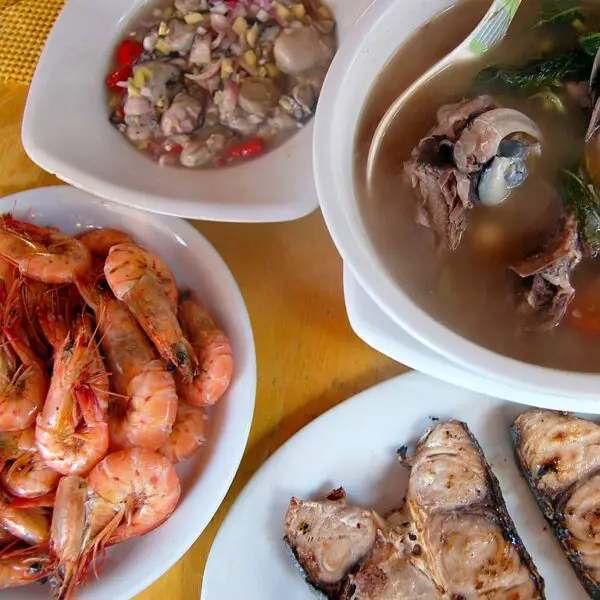
When it comes to Filipino cuisine, ulam combos are an essential part of the dining experience. These delicious pairings bring together different flavors, textures, and ingredients to create a satisfying meal. Whether you’re a house husband looking for new dishes to impress your family or a parent trying to please picky eaters, these ulam combos
-
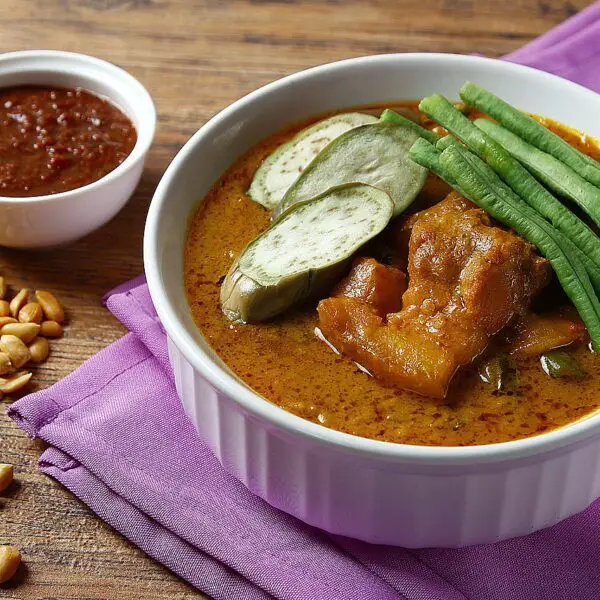
Welcome to our authentic Kare-Kare recipe, where we take you on a flavorful journey through the rich culinary heritage of the Philippines. Kare-Kare is a beloved Filipino dish known for its delectable oxtail stew, combining tender oxtail with a luscious peanut sauce and a medley of vegetables. In this article, we will guide you through
-
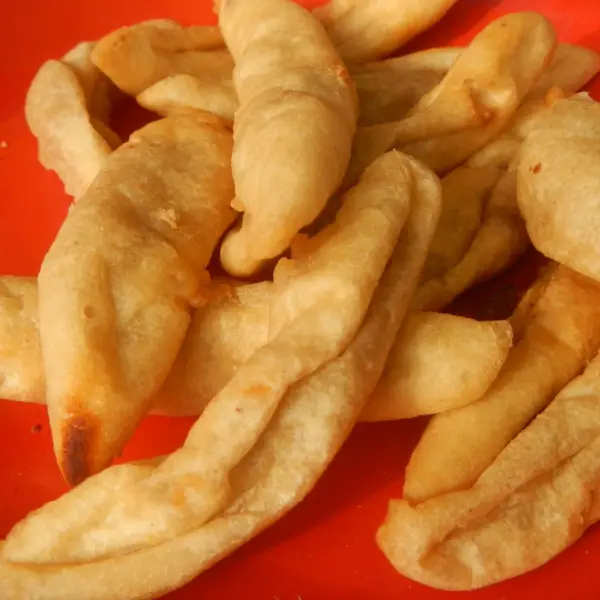
Welcome to our authentic kikiam recipe guide! If you’re a fan of Filipino snacks, you’re in for a treat. Kikiam is a popular street food in the Philippines, loved for its delicious flavor and quick preparation. In this article, we’ll walk you through the steps to make this delectable snack at home, so you
-

Welcome to our guide on how to make an authentic Yang Chow Fried Rice! This classic Chinese dish is loved for its flavorful combination of ingredients and delightful textures. Whether you’re new to the kitchen or an experienced chef, we’ve got you covered with our step-by-step recipe and helpful tips to ensure your Yang Chow
-
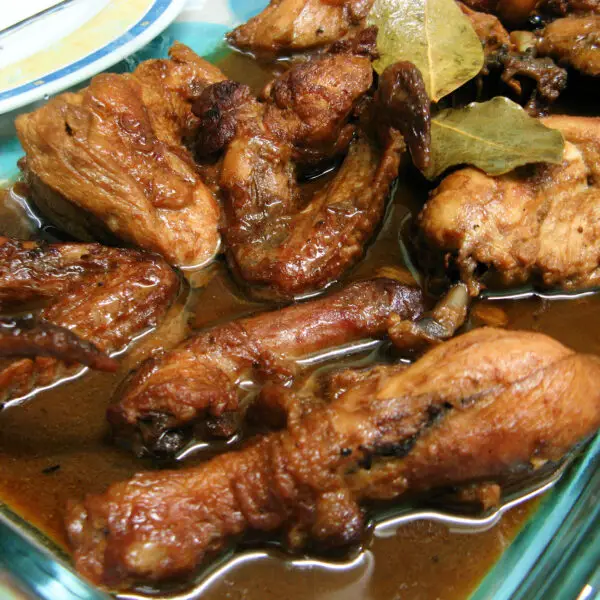
Welcome to our ultimate guide to authentic Filipino Adobo! Whether you’re a fan of Filipino cuisine or looking to explore new flavors, this article will provide you with a traditional Filipino Adobo recipe and valuable cooking tips to help you create the perfect dish in your own kitchen. Filipino Adobo is a beloved national dish
-

Welcome to our comprehensive guide on Sinigang, the beloved and classic Filipino soup that is known for its tangy and savory flavors. In this article, we will delve into the cultural significance of Sinigang, explore its base ingredients, and regional variations, and provide you with a step-by-step recipe for cooking Sinigang na Baboy (Pork Sinigang).
-

Enjoy the delicious fusion tastes on Jollibee’s 2023 breakfast menu for a filling and tasty start to the day.
-

Lapu Lapu Fish, also known as grouper, is a popular Filipino fish often prepared for special occasions and holidays. It is a versatile fish that can be cooked using various techniques and paired with different ingredients to create delicious recipes. Steamed Lapu Lapu Recipe for Christmas Noche Buena Steamed Lapu Lapu is a classic dish
-
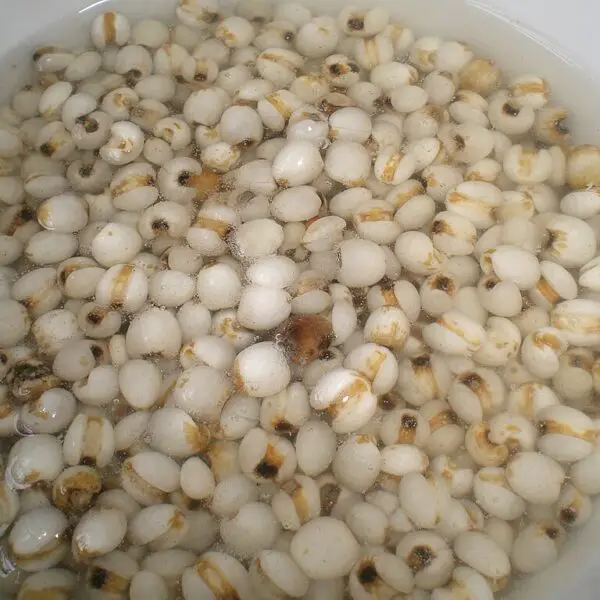
Adlai rice, also known as “Job’s Tears,” is a low-carbohydrate and calorie-rich grain that serves as a nutritious and versatile alternative to rice. It is becoming increasingly popular as a healthier option for individuals looking to reduce their carbohydrate intake. Key Takeaways: The Health Benefits of Adlai Rice Adlai rice, also known as “Job’s tears,”
-

Napoleones is a beloved delicacy hailing from Bacolod, Philippines. With its layers of buttery puff pastry, creamy custard filling, and sugary glaze, it has become a sought-after treat for locals and tourists alike. If you’re wondering where to buy the best Napoleones in the Philippines, we’ve got you covered. Whether you’re in Metro Manila or
-

SM Mall of Asia, located in Manila, Philippines, is not only a renowned shopping and entertainment destination but also a haven for food enthusiasts. With a wide array of dining options available, it can be challenging to decide where to indulge in a memorable meal. That’s why we’ve curated a list of the top 10
-

When it comes to indulging in the best flavors of Japan in Manila, Japanese cheesecakes are a favorite choice. These light and fluffy treats are popular for their delicate texture and rich flavors. This article has curated a list of the top 8 Japanese cheesecake shops in Manila that you must try. From signature creations
